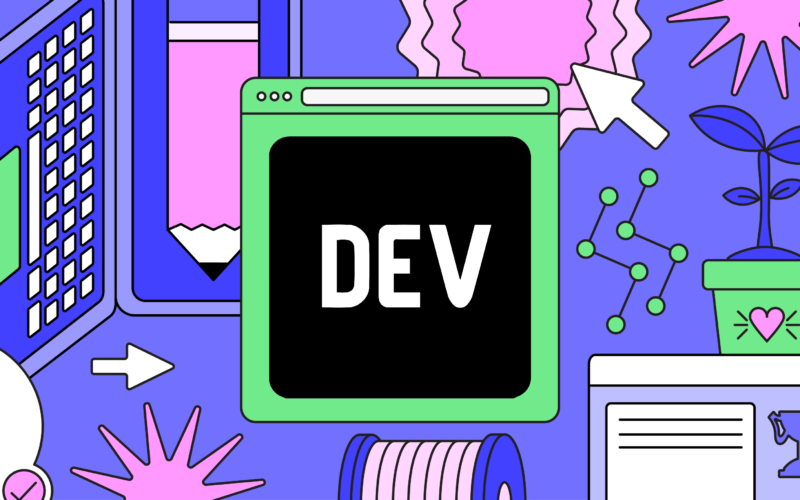This is a Plain English Papers summary of a research paper called New defenses still fall short against adversarial attacks on Go AIs. If you like these kinds of analysis, you should join AImodels.fyi or follow me on Twitter.
Overview
- Previous research has shown that superhuman Go AI systems like KataGo can be defeated by simple adversarial strategies.
- This paper examines whether simple defenses can improve KataGo’s performance against the worst-case scenarios.
- The paper tests three natural defenses: adversarial training on hand-constructed positions, iterated adversarial training, and changing the network architecture.
Plain English Explanation
The researchers wanted to see if they could make the powerful Go AI system KataGo more robust against sneaky tactics that could defeat it. They tried three different approaches to defend KataGo:
- Training it on carefully crafted board positions that could trick it, to help it learn to avoid those traps.
- Repeatedly training it on new adversarial examples to make it better at handling them.
- Changing the underlying neural network architecture of KataGo to see if that could help.
The good news is that some of these defenses did help protect KataGo against the previously discovered attacks. However, the bad news is that none of them could fully withstand new, more advanced attacks that the researchers were able to develop. These new attacks could still cause KataGo to make mistakes that even human players would not.
The key takeaway is that building truly robust and reliable AI systems is very challenging, even in narrow domains like the game of Go. There’s still a lot of work to be done to make AI systems that can reliably handle the worst-case scenarios they might face.
Technical Explanation
The researchers tested three potential defenses against adversarial attacks on the superhuman Go AI system KataGo:
- Adversarial training on hand-constructed positions: They manually created a set of board positions designed to trick KataGo, and then trained the system on those positions to try to make it more robust.
- Iterated adversarial training: They repeatedly trained KataGo on newly generated adversarial examples to continually improve its defenses.
- Changing the network architecture: They modified the underlying neural network structure of KataGo to see if that could enhance its robustness.
The results showed that some of these defenses were effective at protecting KataGo against the previously known attacks. However, the researchers were then able to develop new, more sophisticated adversarial examples that could still reliably cause KataGo to blunder in ways that would be unnatural for human players.
Critical Analysis
The researchers acknowledge the limitations of their work – they were only able to test a small set of potential defenses, and there may be other approaches that could yield better results. Additionally, the attacks they developed were specific to the KataGo system, so it’s unclear how well the findings would generalize to other AI models.
Further research is needed to explore a wider range of defense mechanisms and to better understand the fundamental challenges of building truly robust AI systems, even in narrow domains. The fact that KataGo, a state-of-the-art Go player, could still be defeated by carefully crafted adversarial examples suggests that the problem of adversarial robustness is deeply challenging.
Developing effective defenses may require rethinking how AI models are trained and architected, moving beyond just trying to make them more robust to single attacks. The strategic incentives of adversaries and the inherent tension between robustness and other desirable model properties will need to be carefully considered.
Conclusion
This research highlights the significant challenges involved in building AI systems that are truly robust to adversarial attacks, even in narrow domains like the game of Go. While some defenses were able to protect KataGo against previously known attacks, the researchers were ultimately able to develop new adversarial examples that could still reliably defeat the defended models.
The findings suggest that there is still much work to be done to develop reliable and trustworthy AI systems that can withstand the worst-case scenarios they may face. Continued research and innovation will be needed to address this critical challenge and unlock the full potential of AI technology.
If you enjoyed this summary, consider joining AImodels.fyi or following me on Twitter for more AI and machine learning content.
Source link
lol

